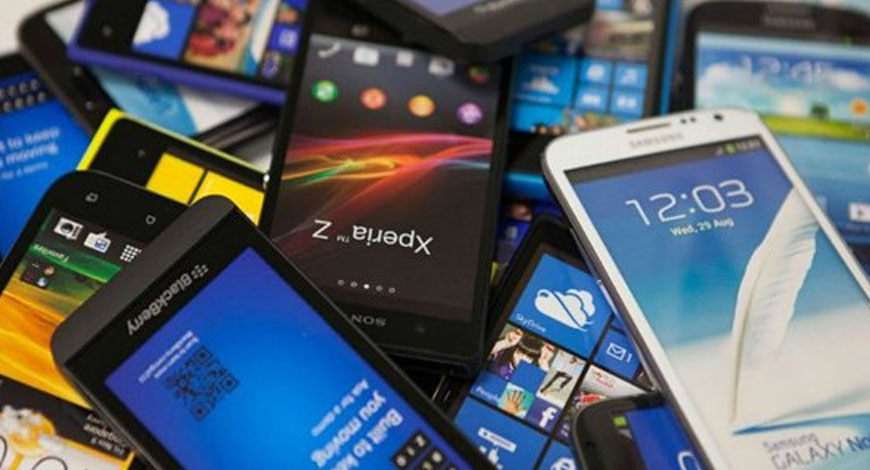Headlines of the Day
India’s refurbished handset market slows due to high-end iPhone demand

The once-booming growth of India’s refurbished handset market appears to be decelerating, with analysts citing selective demand, particularly for high-end smartphones led by Apple’s iPhone, as the primary reason for the slowdown.
The refurbished smartphone market in India expanded in high single digits in 2023 compared with over 20 percent growth for the three consecutive years until 2022, according to Counterpoint Research. Further deceleration is anticipated in 2024, according to executives and analysts.
Evolving preferences
According to Glen Cardoza, a senior analyst at Counterpoint Technology Market Research, India, alongside Latin America and Africa, has been one of the fastest-growing secondary smartphone markets globally. However, he observed that growth is now tapering off due to market maturity.
He said the shift in consumer preferences towards high-end devices is contributing to the slowdown.
Yug Bhatia, founder of ControlZ, a smartphone refurbishing company, concurred with Cardoza’s assessment, attributing the slowdown to a natural progression. He said consumers are upgrading their smartphones less frequently, a pattern previously observed in the US and Europe.
However, other refurbished device sellers, such as Cashify and ReFit Global, remain bullish.
“There is an aspirational class in India that wants premium phones. They can afford low-cost phones but want premium phones, which has more to do with social status. There is a large market towards it,” Cashify’s cofounder Nakul Kumar told Moneycontrol.
Cashify is one of the largest sellers of refurbished devices in India.
Kumar attributed the demand to growing customer awareness and education about refurbished smartphones.
“New generation consumers seek assurances that their devices will not stop working after buying, and players like us in the organised space are ensuring that,” he said.
According to industry estimates, the overall pre-owned market is about $5 billion, of which the organised segment accounts for 20-25 percent. The market is expected to reach $10 billion by 2030 as new players seek a share of the high-margin business.
Saket Saurav, cofounder of ReFit Global, told Moneycontrol that trade-in and upgrade programmes offered online and offline by handset companies are helping to increase the supply of smartphones.
“Handset brands are running promotions and communicating to customers to bring inventory to organised channels, helping increase supply month-over-month,” he said.
Due to this, the adoption rate of trade-in programmes has more than doubled online.
“If new phones are sold, 35 percent of the consumers will give their old phone in exchange compared to 15 percent previously. This is helping with supply,” Saurav said.
Executives anticipate the next phase of growth will be driven by tier-two and smaller cities, where demand for refurbished smartphones in the entry to mid-range segment is rising.
Amid challenges such as limited availability of high-end smartphones and the ongoing transition from 4G to 5G, Cashify and ReFit remain optimistic about the future. Cashify, with its omnichannel approach, aims to double its revenue in the next financial year, while ReFit anticipates growth of 35-40 percent in the same period.
Apple leads growth
The demand for iPhones has been driving growth in the refurbished market, followed by demand for OnePlus and Samsung smartphones.
Cardoza said consumers are actively looking for previous-generation iPhone models, and the refurbished market helps them get such devices at a 45 percent lower price.
“The biggest demand is for Apple, as new Apple devices are launched at Rs 80,000 and upwards. But customers are keen to use six-month to one-year-old iPhones. They even go for 3-4 generation older iPhone models,” Cardoza added.
Cashify’s Kumar said Apple is the leading aspirational brand.
“People don’t come to us asking for refurbished Micromax or Lava. Apple and OnePlus remain in demand due to their service network and parts ecosystem hence, people trust them,” Kumar said.
ReFit’s Saurav said that despite the high demand, the supply of high-end phones isn’t good as people are keeping their phones for longer and not trading them quickly, a trend seen in the new smartphone market. Moneycontrol















You must be logged in to post a comment Login